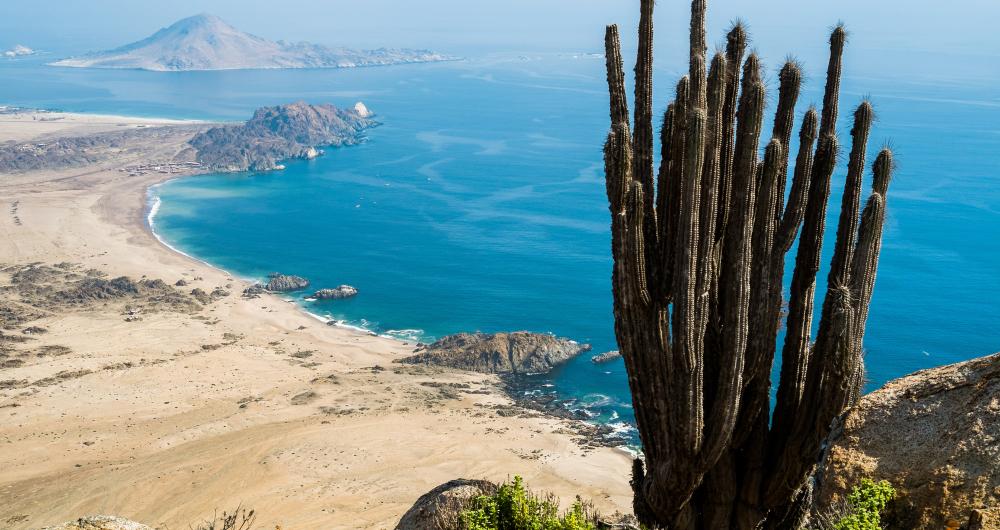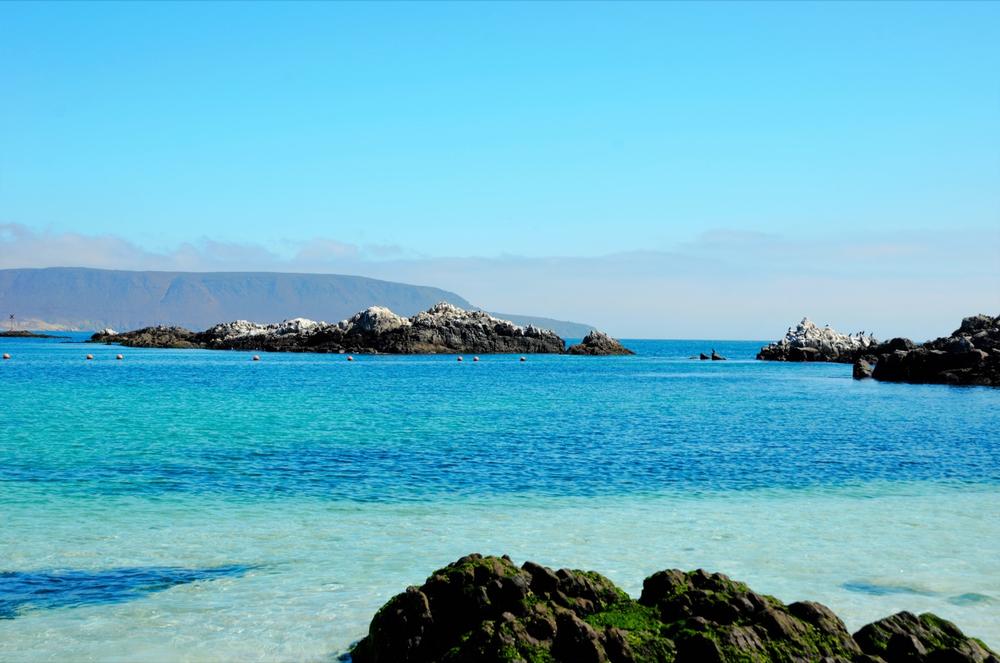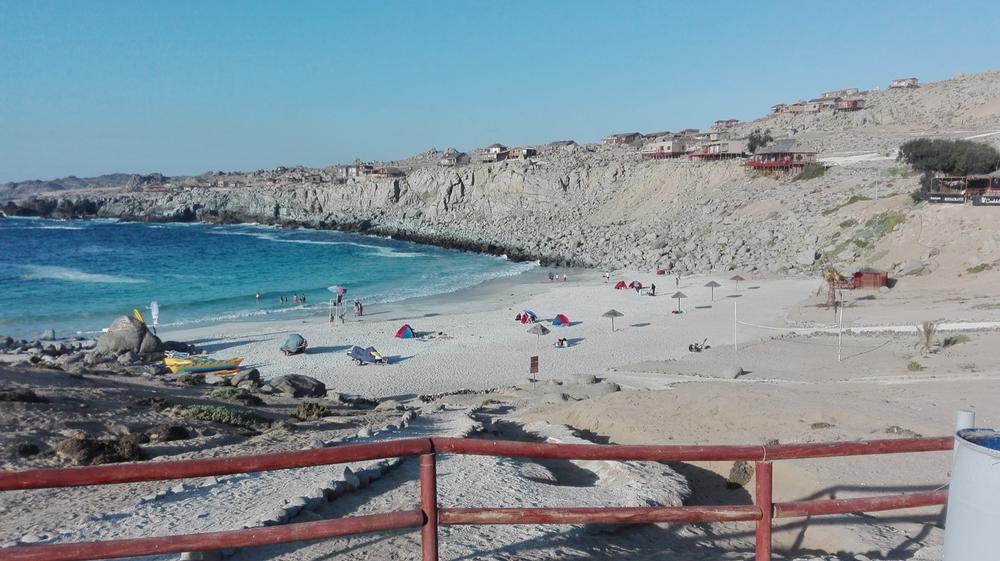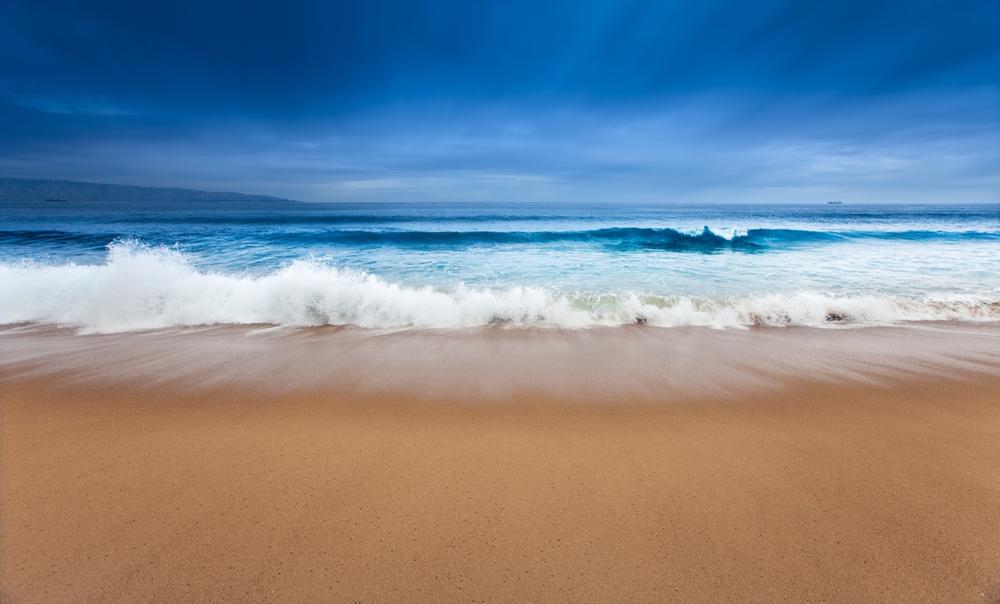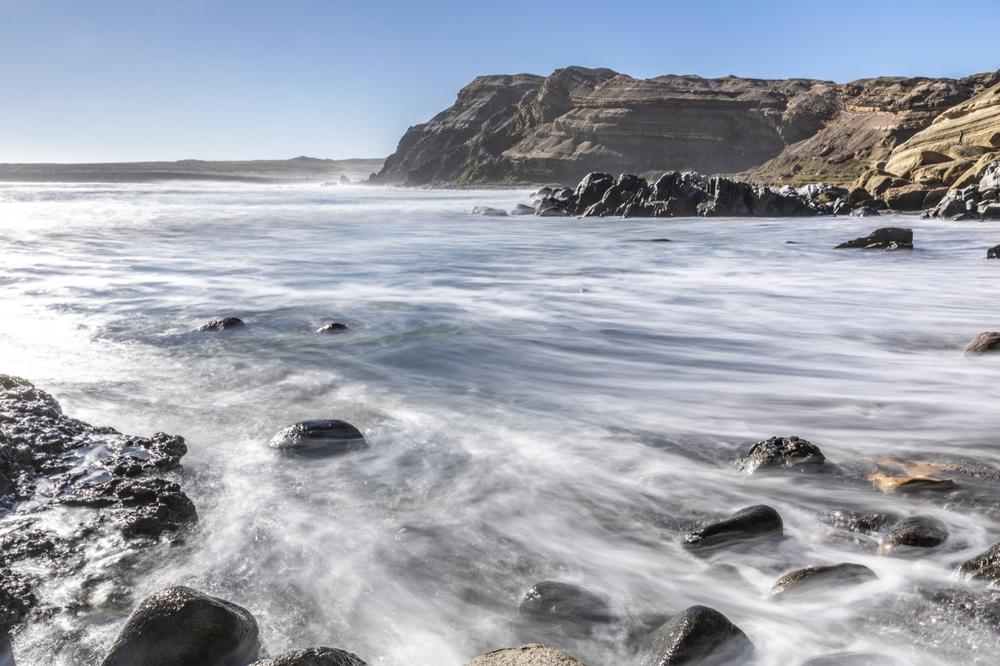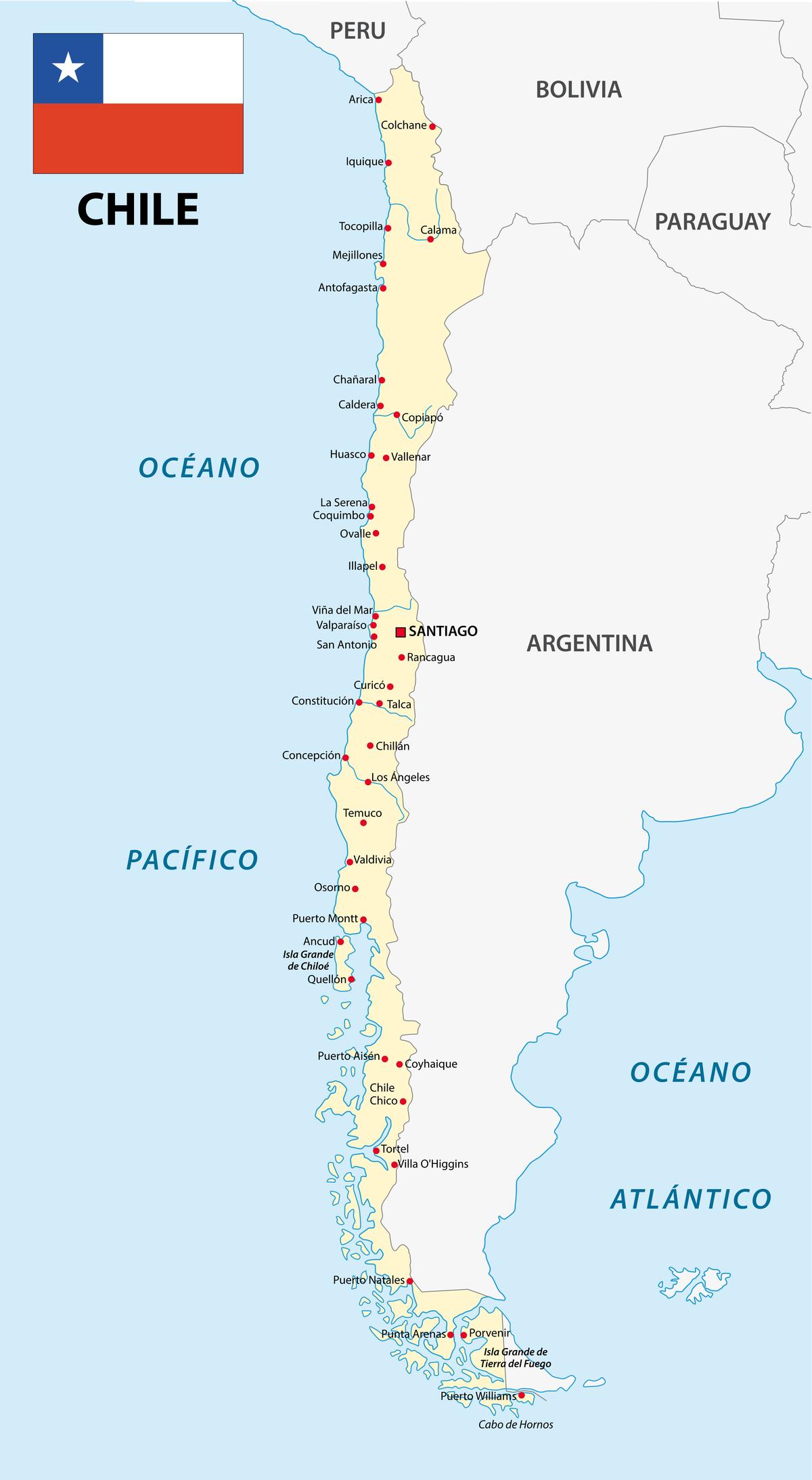Want dramatic coastlines and golden sands backed by mountains or desert? In this post, I’ll share the scenic beaches I discovered in Chile—where Pacific waves, dramatic cliffs, and vibrant coastal towns line one of South America’s most breathtaking shorelines. These Chile beaches offer everything from surfing waves to tranquil coves along one of South America's most diverse shorelines.
If you are in a hurry, I recommend:
Recommended Beaches in Chile:
📔 I get asked this a lot so I decided to include it:
-
How much coastline does Chile have?
- Chile has an impressive 2,600 miles of coastline in total.
-
Are there many beaches in Chile?
- Yes! Given Chile’s extensive coastline, listing all of its beaches would take a long time.
-
How can visitors find the best beaches in Chile?
- To help you narrow down your search and find the perfect beaches for your Chile vacation, we've compiled this useful Chile beach guide.
-
Where can I learn more about the top beaches in Chile?
- Read on to discover the best beaches in the country and choose the one you’d love to visit first.
🌤 Best Time to Visit Beaches in Chile
- December to March – Best overall time for summer weather, swimming, and lively coastal cities.
- January & February – Peak season with hot days, festivals, and bustling beach resorts.
- November & April – Shoulder months with pleasant temps, fewer crowds, and great for relaxing strolls.
- May to October – Off-season with cooler weather, ideal for peaceful beach views and photography.
- Southern Chile Beaches – Best visited in mid-summer (Jan–Feb) due to cooler climate year-round.
Plan Your Trip


